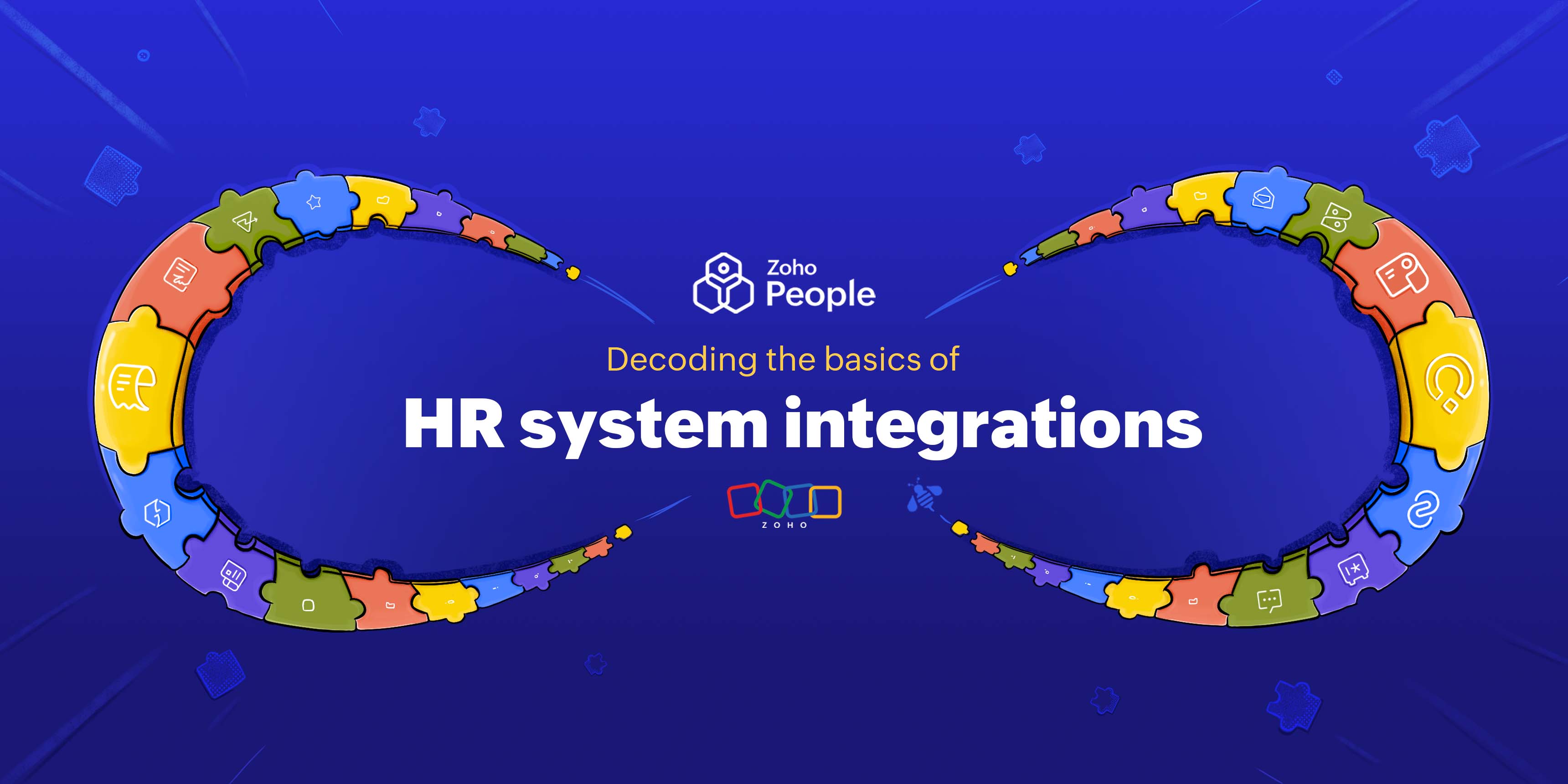- HOME
- Performance and Culture
- 6 tips to communicate like a pro with your employees
6 tips to communicate like a pro with your employees
- Last Updated : August 23, 2023
- 466 Views
- 4 Min Read

Communication is the key to fostering a positive and healthy work culture that is free from any sort of negativity. When you make it a point to exchange transparent conversations about your employees with your employees, the trust that they have in your organization will increase twofold and they'll feel valued being a part of your organization. Similarly, when it's easy for your employees to communicate with their peers, managers, and C-level leaders, they'll be able to get their work done seamlessly, brainstorm new ideas, solve problems, exchange feedback, etc. without any loose ends. All of these will ultimately improve their overall work productivity and satisfaction. That's why it's crucial to have a proper internal communication strategy in place to keep your employees engaged, satisfied, and productive. Here are six tips to communicate with your employees like a pro:
Clarify your mission, vision, and culture
As part of your internal communication strategy, you must provide a clear picture of your culture, vision, and mission to connect your employees with the true purpose of your organization. As part of your onboarding program, organize a dedicated session, wherein you have C-level leaders and other senior employees sharing their experience with your company culture and how they've aligned it with their everyday work. As an HR professional, share your inputs on how well your employee management strategies stay consistent with your company culture. Further, create a central repository, wherein your employees can find resources like videos, blogs, podcasts, etc. that talk about your company culture. Encourage managers to clarify how their everyday goals align with the core values of your organization.
Communicate transparently
Transparency should be one of the key aspects of your internal communication strategy. Your employees should be informed about every single important update associated with your organization, be it good or bad. This will make your employees feel included and feel like they are a part of the team. If possible, make it a point to provide regular updates about how your organization is performing, new deals, new partnerships, etc. every 15 days or one month. This could be in the form of an internal newsletter that is shared with employees monthly. Further, be sure to look out for the sign of rumors, backbiting, gossip, etc. regularly and weed them out before it starts affecting your culture.
Establish different communication channels
To streamline communication at your organization, establish a variety of communication channels based on the communication needs. For instance, if you want to improve collaboration among your employees, a social intranet system that comes with forums, live Q&As, groups, and virtual whiteboards will help. If you want to set everyday communication among your employees right, you might want a proper chat system that supports text messages, audio calls, video calls, etc. Similarly, if you want to be updated on how your employees feel about your management, a survey tool is all that you need. Email is yet another useful communication tool you'll need to facilitate formal business communication. So, be sure to have communication channels based on your needs. Make your employees aware of the different communication channels that exist and what purpose each one of them serves.
Build trust with your employees
For your employees to communicate without any hesitation with you, you must create a comfortable, non-judgemental, and respectful environment that encourages them to open up about different issues without any fears. While your employees talk, be sure to listen to them carefully with empathy and don't listen to only respond. Also, after listening to your employees' problems, suggestions, or complaints, you must take steps to mend them. If it's something that is out of your control, make sure to explain the why of it to your employees. Only when your employees trust you will they be open about how they feel about working with your organization.
Facilitate feedback
While establishing your internal communication strategy, you must have a proper system in place to exchange feedback with employees. While providing your feedback to your employees, ensure that the feedback is timely, constructive, and respectful. Be sure to let them know that the feedback is only aimed at helping them be the best version of themselves at work. Similarly, while receiving feedback from employees, as a first step recognize the effort that they've put to provide their honest opinions. Be sure to keep track of employee feedback and follow up to resolve them. Ask for feedback when employees don't come forward on their own.
Provide a way for employees and C-level leaders to connect
Your C-level leaders and senior executives must take time to connect with your employees to keep them engaged. This will help your C-level leaders get a better understanding of the pulse of your employees and how they feel about running your organization's everyday operations. Whereas, employees could use this as an opportunity to get their questions about your organization answered and be updated on their organization's mission and their CEO's perceptions. So, make it a point to host regular Ask Me Anything sessions and company town halls with the leadership team.
Improving internal communication
Streamlining your internal communication process and facilitating collaboration among your employees can go a long way towards improving productivity, and building better relationships among your employees. We hope this blog gave you a better idea of how to improve your communication strategy!
Zoho People, our HR suite, comes with a variety of features that enables employees to stay connected with their team, discuss with their peers, offer feedback, run surveys, and a lot more. Learn more about Zoho People!
 Tarika
TarikaContent Specialist at Zoho People


